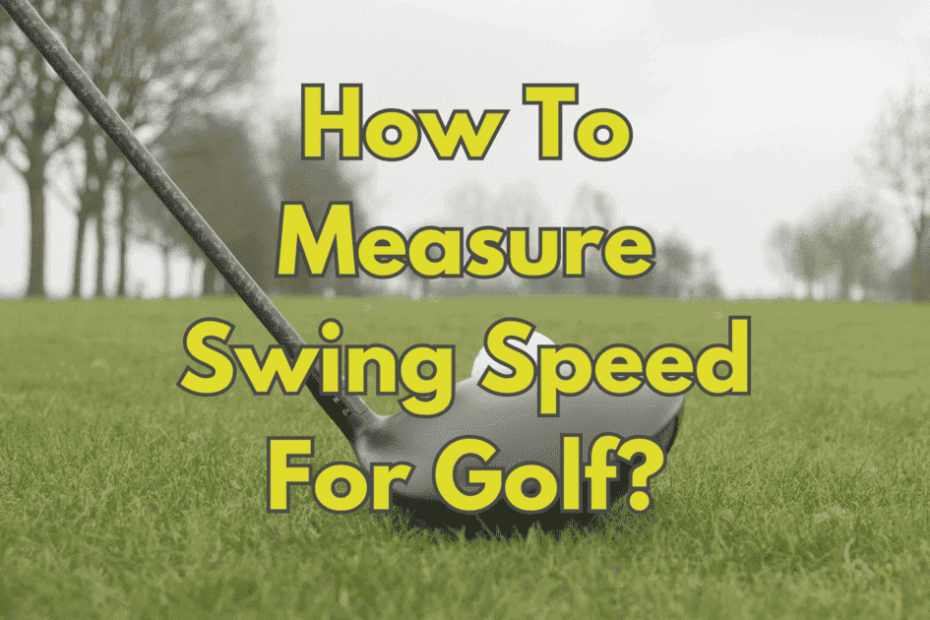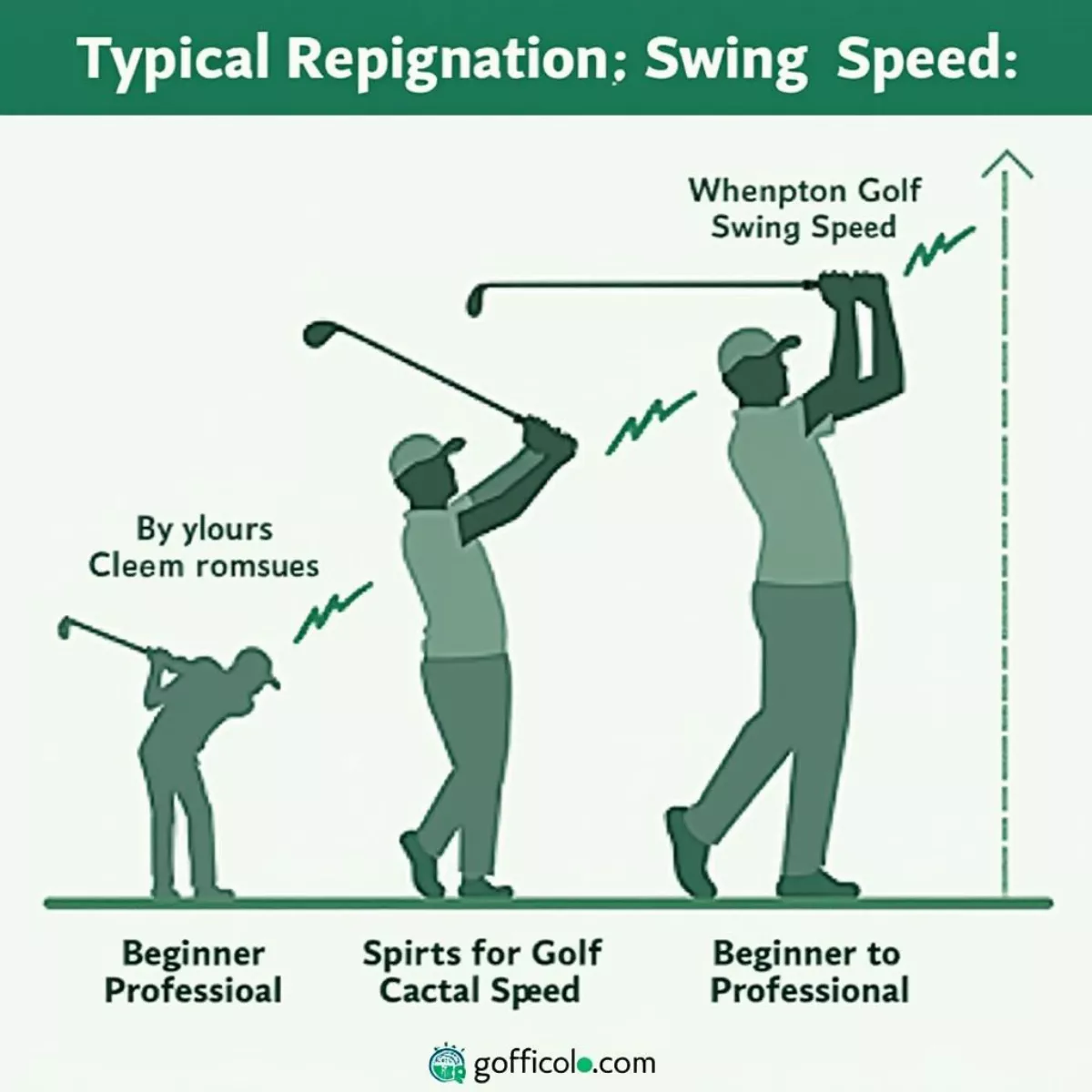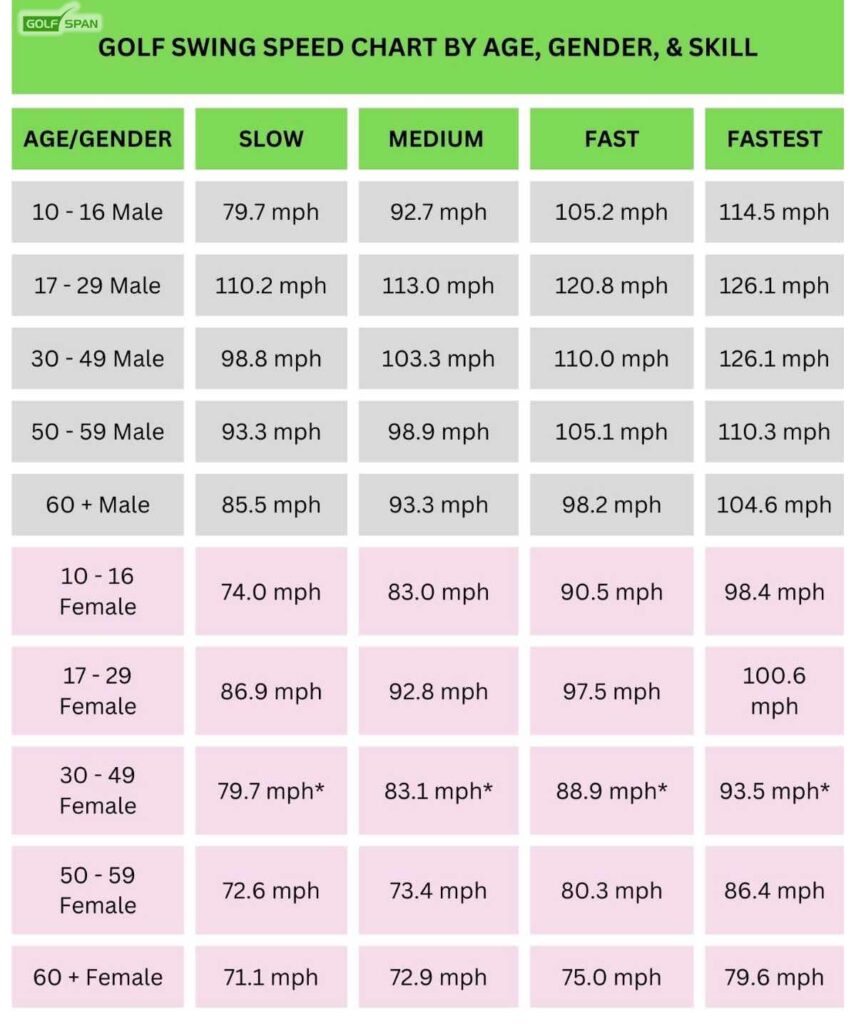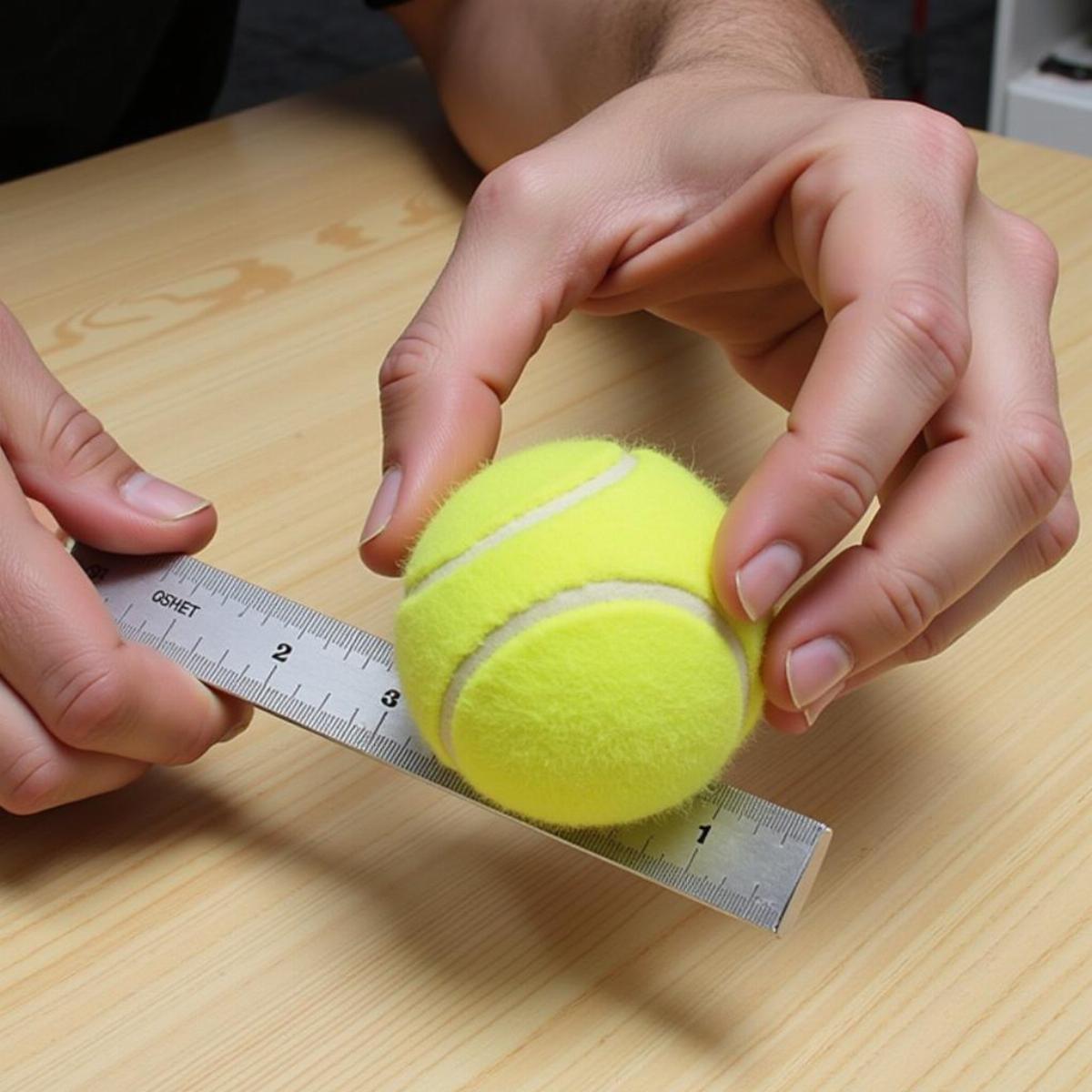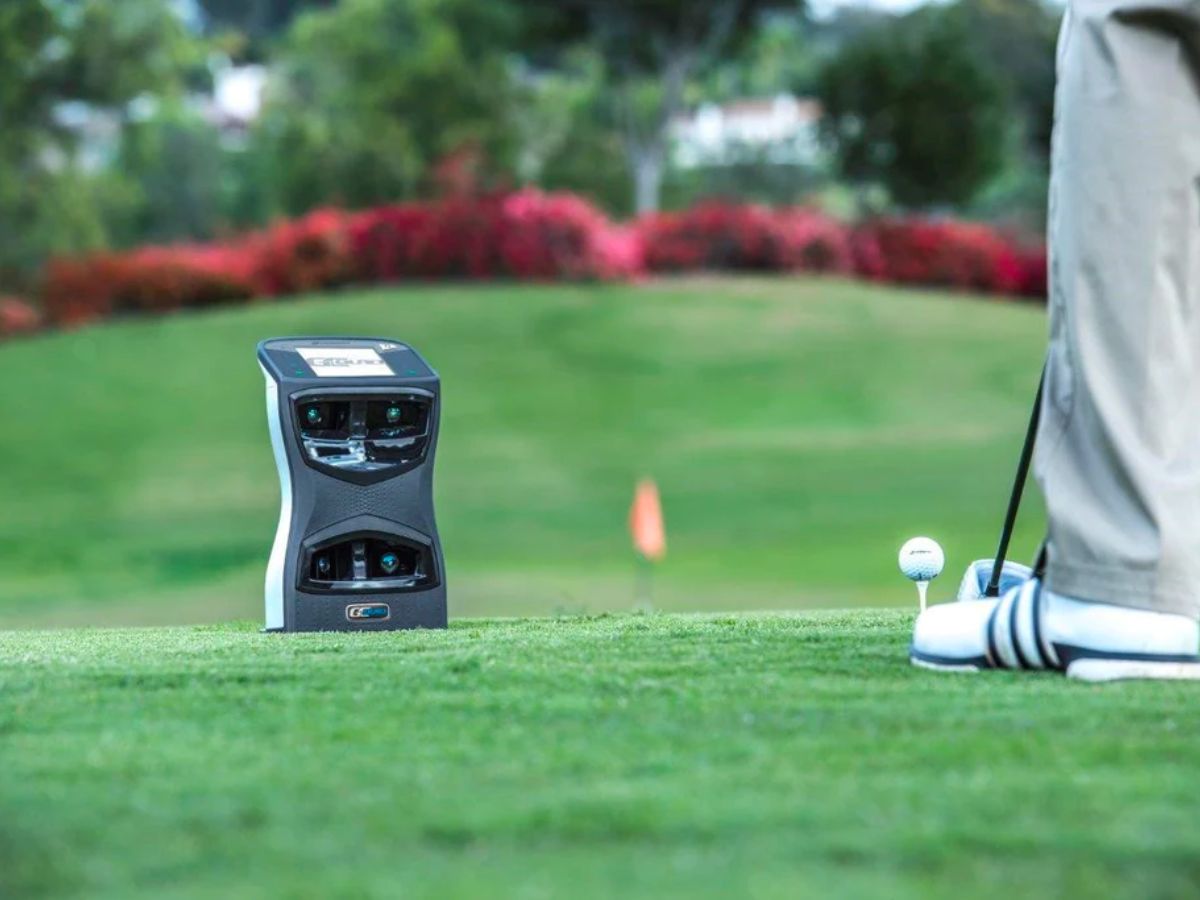How To Measure Golf Swing Speed
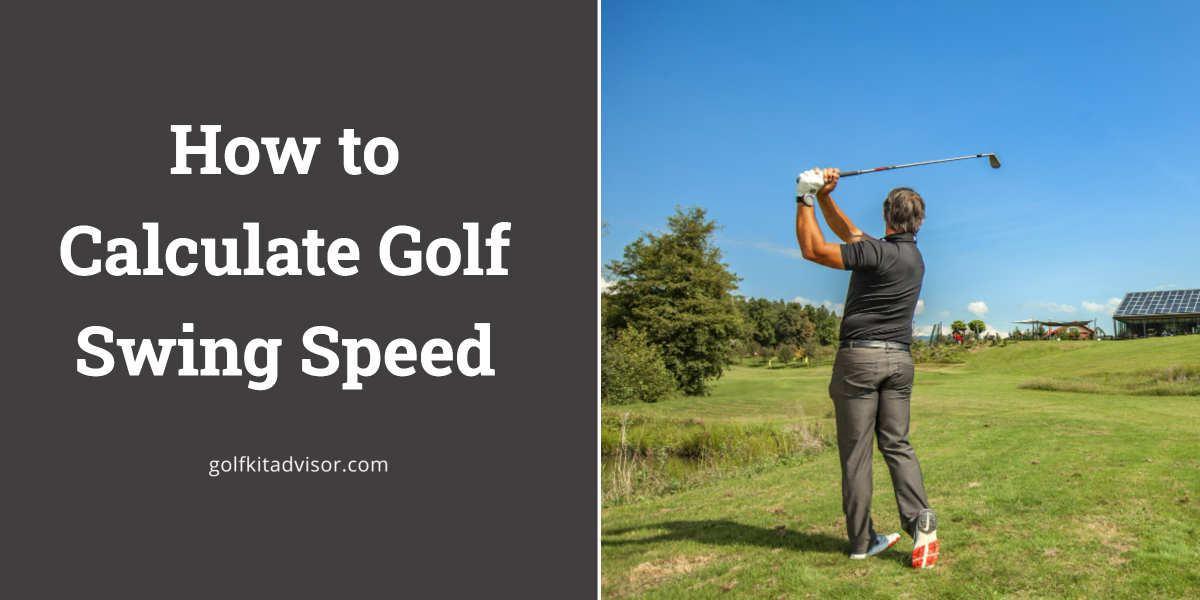
In the relentless pursuit of improved performance, golfers of all skill levels are increasingly turning to data-driven insights. One of the most critical metrics in the modern golfer's arsenal is swing speed. This seemingly simple measurement provides a window into potential distance and overall power, directly impacting club selection and strategic play.
Accurately measuring golf swing speed is essential for optimizing club fitting, refining swing mechanics, and ultimately, achieving better results on the course. This article delves into the various methods used to quantify swing speed, from traditional techniques to cutting-edge technologies, providing a comprehensive guide for golfers seeking to unlock their full potential.
Understanding Swing Speed: The Foundation of Power
Swing speed, typically measured in miles per hour (mph), represents the velocity of the clubhead at impact with the golf ball. Higher swing speeds generally translate to greater ball speed, resulting in longer distances. Factors influencing swing speed include physical strength, flexibility, swing technique, and club characteristics.
However, swing speed isn't the only element determining distance. Smash factor, a measure of energy transfer from the clubhead to the ball, also plays a crucial role. Optimizing both swing speed and smash factor is the key to maximizing driving distance.
Methods for Measuring Swing Speed
Several techniques are available for measuring swing speed, each offering varying degrees of accuracy and convenience.
Traditional Methods: The Radar Gun
The radar gun is a classic tool used for measuring swing speed, employing Doppler radar technology to detect the speed of a moving object. These devices are relatively straightforward to use: aim the gun at the clubhead during the swing, and it displays the measured speed.
However, radar guns can be susceptible to environmental factors, such as wind and interference, which can affect accuracy. Consistency in aiming and positioning the device is also crucial to obtain reliable readings.
Technological Advancements: Launch Monitors
Launch monitors represent a significant advancement in swing analysis technology. These sophisticated devices use either radar or high-speed cameras to capture a comprehensive set of data points, including swing speed, ball speed, launch angle, spin rate, and carry distance.
Launch monitors provide a more holistic view of the swing and ball flight, enabling golfers and instructors to identify areas for improvement. Popular brands include TrackMan, Foresight Sports GCQuad, and SkyTrak, offering varying levels of accuracy and features.
"Launch monitors are invaluable tools for understanding the nuances of the golf swing and optimizing club performance," says David Edel, a renowned club fitter and golf instructor.
While launch monitors offer superior accuracy and data analysis capabilities, they also come with a higher price tag compared to radar guns. The investment can be justified for serious golfers and teaching professionals seeking in-depth performance analysis.
Wearable Sensors: A Convenient Option
Wearable swing sensors offer a more accessible and convenient option for measuring swing speed. These small, lightweight devices attach to the golf club or the golfer's glove and use accelerometers and gyroscopes to track swing motion.
While wearable sensors are less accurate than launch monitors, they provide a valuable estimate of swing speed and other parameters such as swing tempo and club path. They are often paired with mobile apps that provide swing analysis and feedback.
DIY Measurement: Swing Speed Apps
Several mobile apps claim to measure swing speed using the smartphone's built-in sensors. These apps use audio and visual analysis to estimate swing speed based on the sound of impact and the clubhead's movement.
However, the accuracy of these apps can be questionable, as they are highly dependent on the quality of the phone's sensors and the accuracy of the algorithms used. While they may offer a rough estimate of swing speed, they should not be relied upon for precise measurements.
Considerations for Accurate Measurement
Regardless of the method used, several factors can influence the accuracy of swing speed measurements.
- Consistent Setup: Maintaining a consistent setup and swing motion is crucial for obtaining reliable readings.
- Proper Calibration: Ensuring that the measuring device is properly calibrated is essential for accuracy.
- Environmental Factors: Wind, temperature, and humidity can affect swing speed and ball flight.
- Club Selection: Swing speed varies depending on the club used. It is important to measure swing speed with different clubs to optimize club selection.
Consulting with a qualified golf instructor or club fitter is recommended to interpret swing speed data and develop a personalized improvement plan.
The Future of Swing Speed Measurement
The field of swing speed measurement continues to evolve with advancements in technology. Expect to see more sophisticated wearable sensors, improved launch monitor accuracy, and more personalized data analysis tools.
Artificial intelligence (AI) and machine learning (ML) are poised to play a significant role in the future of swing analysis. These technologies can analyze vast amounts of data to identify subtle patterns and provide customized feedback to golfers, leading to more efficient and effective training.
Ultimately, understanding and measuring swing speed empowers golfers to make informed decisions about their equipment, swing mechanics, and overall game strategy. By embracing data-driven insights, golfers can unlock their full potential and achieve their performance goals.
